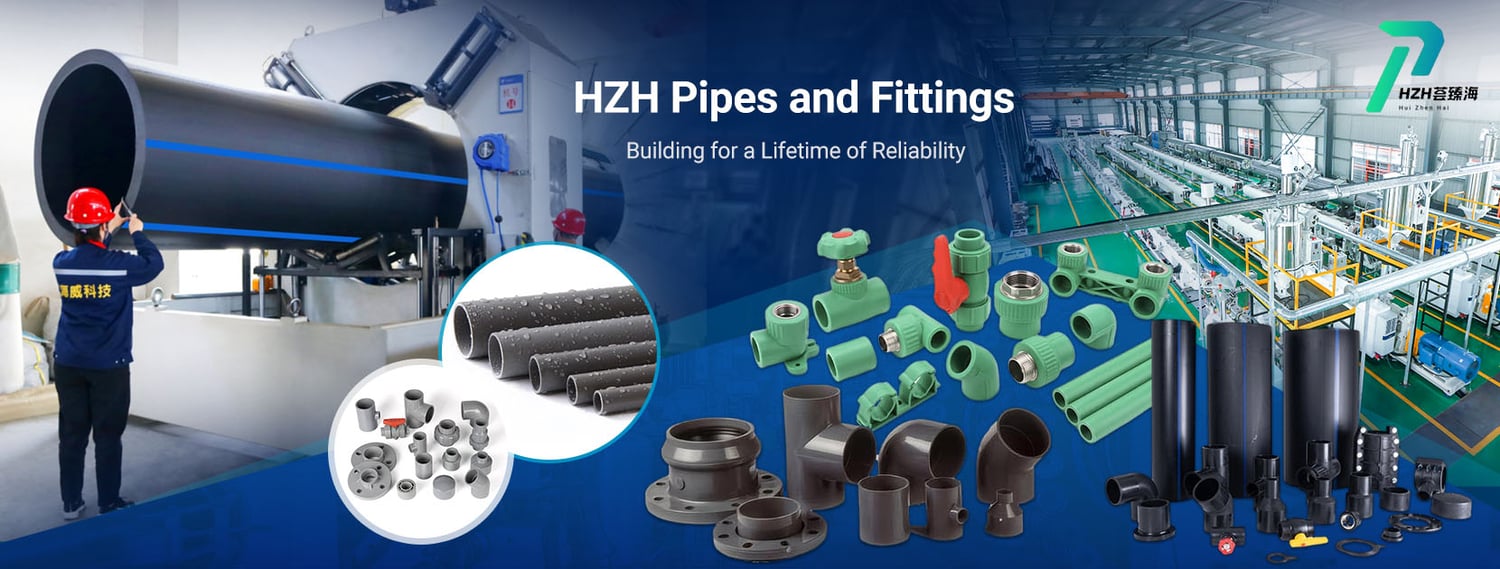Introduction to HDPE pipe and Its Material Composition High-Density Polyethylene (HDPE) pipe is a versatile plastic piping solution made from thermoplastic polymer. Known for its robustness and chemical resistance, the molecular structure of HDPE lends it exceptional strength and durability. This material composition makes HDPE pipe highly suitable for a range of industrial and residential applications, surpassing traditional materials like metal and concrete in flexibility and longevity. Durability and Longevity of HDPE Pipe One of the primary advantages of HDPE pipe is its outstanding durability. HDPE pipes are resistant to corrosion, cracking, and environmental stress, which allows them to maintain integrity for periods exceeding 50 years. Unlike metal pipes, these pipes are not susceptible to rust or biofouling, making them ideal for underground and water-related infrastructure. Flexibility and Ease of Installation HDPE pipes exhibit remarkable flexibility compared to rigid piping alternatives. This flexibility permits easier installation, especially in challenging terrains or areas prone to ground movement, such as seismically active zones. The lightweight nature of HDPE pipe also reduces transportation and handling costs, streamlining the overall installation process. Chemical Resistance and Environmental Impact HDPE pipe is highly resistant to a wide range of chemicals, making it suitable for conveying aggressive fluids in industrial environments. In addition, it is fully recyclable, contributing to sustainable construction and reducing environmental impact. The inert nature of HDPE also prevents leaching and contamination in potable water applications. Applications in Water Supply and Irrigation Systems HDPE pipe has become a preferred choice for both urban water supply networks and agricultural irrigation systems. Its leak-proof joints and corrosion resistance reduce water wastage significantly. Moreover, the smooth internal surface minimizes friction losses, improving flow efficiency in large-scale irrigation projects. Use of HDPE Pipe in Gas Distribution Networks Due to its strength and leak-resistant properties, HDPE pipe is widely utilized in natural gas distribution systems. The pipe’s ability to withstand high pressures and its resistance to cracking under stress ensures a reliable and safe supply of gas. Furthermore, HDPE’s non-metallic characteristics mitigate risks of explosion caused by corrosion. HDPE Pipe in Sewer and Waste Management Systems In sewer and wastewater management, HDPE pipe offers exceptional advantages such as resistance to acids, alkalis, and biological fouling. Its impermeability prevents ground contamination, making it an excellent choice for sanitary sewage conveyance. The pipe’s corrosion resistance ensures minimal maintenance costs over its service life. Economic Benefits and Cost Efficiency HDPE pipes generally have a lower overall life-cycle cost compared to metal or concrete pipes. Although the initial price may be competitive, reduced installation, maintenance, and replacement costs enhance economic benefits. The extended lifespan and energy-efficient production process also support budget-conscious infrastructure projects. Advancements and Innovations in HDPE Pipe Technology Recent technological advancements have improved the quality and capabilities of HDPE pipe. Enhanced additives and manufacturing techniques have led to better impact resistance, UV stability, and pressure ratings. Innovations such as fusion welding have augmented joint strength, creating seamless and leak-proof networks in complex installations. Regulatory Standards and Quality Assurance for HDPE Pipe Compliance with industry standards such as ASTM, ISO, and AWWA ensures that HDPE pipe products meet stringent quality and safety requirements. These certifications guarantee the pipe’s performance for various applications, from potable water to industrial uses. Quality assurance processes include rigorous testing for pressure tolerance, chemical resistance, and longevity. Quote Inquirycontact us










